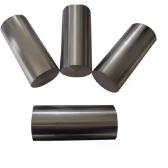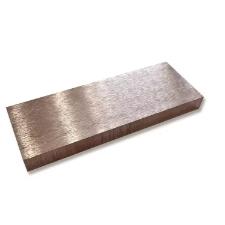**Crafting Your Own Metal Phone Armor: A Step-By-Step Guide**
(How To Make The Metal Plate For Phone Case)
Got a phone case that needs a touch of toughness? Maybe you’re tired of flimsy plastic or basic silicone. Let’s talk about making a custom metal plate for your phone case. This project mixes DIY fun with practical results. No rocket science here—just simple tools, patience, and a bit of creativity.
Start by gathering supplies. You’ll need a thin metal sheet—aluminum works for beginners, stainless steel if you want durability. Grab a ruler, marker, safety gloves, a saw or metal cutter, sandpaper, a drill, and small screws. Optional extras include a polishing cloth or etching tools for designs.
First, measure your phone case. Lay it flat on the metal sheet. Trace its outline with a marker. Add a 2mm border around the edges. This gives room for adjustments. Double-check the camera and button areas. Mark spots to avoid covering them. Use a ruler to keep lines straight.
Cut the metal along your outline. A jeweler’s saw or rotary tool with a cutting disc works best. Go slow. Metal can slip or bend if rushed. Wear gloves to protect your hands. If the sheet wobbles, clamp it to a table. Smooth rough edges with coarse sandpaper. Switch to fine-grit paper for a polished feel.
Drill holes for screws. Place the metal plate on your case. Mark where the screws will attach it. Use a drill bit slightly smaller than the screw threads. This keeps the grip tight. Deburr the holes with sandpaper. Test-fit the screws. Adjust if they don’t sit flush.
Polish the plate. Rub it with a microfiber cloth. For shine, use metal polish. Want a brushed look? Scrub in one direction with steel wool. Etch patterns using stencils and acid—or keep it sleek. Wipe off residue with rubbing alcohol.
Attach the plate to your case. Line up the holes. Screw it in firmly but don’t overtighten. Check the fit. Openings for ports and buttons should stay clear. Tap the plate gently. It shouldn’t wiggle.
Test your creation. Slide the phone into the case. Press buttons. Charge the phone. Ensure the metal doesn’t block signals. If reception drops, try thinner metal or repositioning the plate.
Customize further. Paint the plate with heat-resistant spray. Add rubber pads on the back for grip. Experiment with shapes—hexagons for a sci-fi vibe, curves for elegance.
Safety tips: Always wear goggles when cutting metal. Work in a ventilated area. Store chemicals like polish or acid out of reach.
Troubleshooting: If the plate bends, hammer it flat on a hard surface. If screws strip, fill holes with epoxy and redrill. For sharp edges, sand again.
This project isn’t just about protection. It’s a statement. A metal plate turns your phone into a mini shield—ready for drops, scratches, or just showing off. It’s cheaper than buying a premium case. Plus, you control the style.
Got an old phone case lying around? Give it new life with a metal upgrade. No two plates will look the same. Go industrial with raw steel. Go classy with a mirrored finish. Or go wild with jagged edges and hand-painted art.
Think about materials. Aluminum is lightweight. Steel is tough but heavier. Titanium? Fancy, but pricey. Pick what fits your lifestyle.
Still unsure? Practice on a soda can first. Cut a small piece. Sand it. See how metal behaves. Build confidence before tackling the real deal.
Remember, mistakes are fixable. A scratched plate can be sanded again. A misdrilled hole can become a decorative feature. The goal is functionality meets personality.
(How To Make The Metal Plate For Phone Case)
Grab your tools. Clear a workspace. Crank up some music. Time to turn that humble phone case into something that shouts, “I made this!”
Inquiry us
if you want to want to know more, please feel free to contact us. (nanotrun@yahoo.com)


